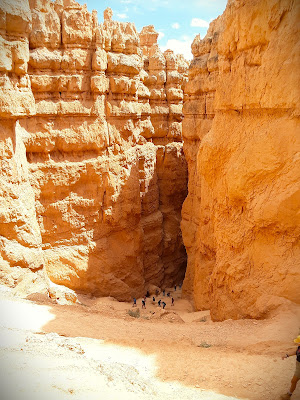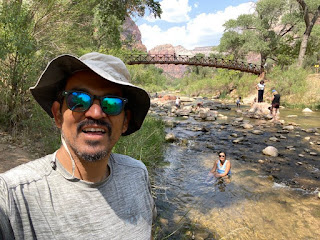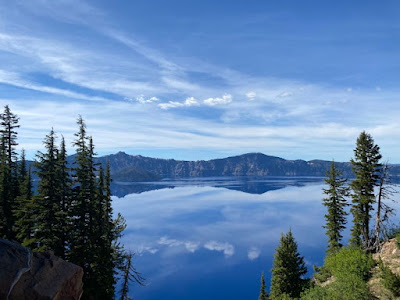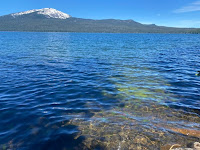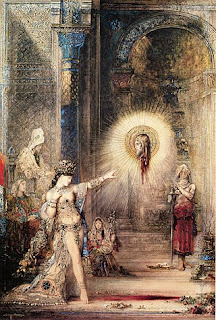Fields of Flowers
By Armando Ortiz
Amids fields of white flowers,
A spectacle of nature unfolds.
They become floating clouds of wonder,
Adorning the landscape they unfold.
As you walk along the path,
Butterflies gracefully flutter by.
Their delicate wings, a colorful contrast,
Catch the sunlights, reaching the sky.
The wind dances with playful glee,
Taking the butterflies out yonder.
Their journey, a whimsical spree,
As they explore and wander.
In this picturesque scene so serene,
Nature’s beauty dances with delight.
Fields of white, a dreamlike sheen,
Creating a magical sight.
The floating clouds of petals sway,
Carried by the gentle breeze.
A symphony of colors in display,
Nature’s masterpiece to appease.
So, wander along the path of dreams,
Where white flowers and butterflies unite.
Let the wonders of nature’s themes,
Fill your heart with sheer delight.
Campos de Flores Blancas
Por Armando Ortiz
En los campos de flores blancas,
Nace un espectaculo divino.
Se vuelven nubes flotantes de maravilla,
Vistiendo el paisaje como un destino.
Al caminar por el sendero,
Mariposas revolotean con esplendor.
Sus alas delicadas, un contraste certero,
Atrapan la luz del sol, alcanzando el cielo en su fulgor.
El viento danza con alegria jugetona,
Llevando a las mariposas hacia lo lejano.
Su viaje, una travesia caprichosa,
Mientras exploran y deambulan sin engano.
En esta escena pintoresca y serena,
La belleza de la naturaleza danza con deleite.
Campos de blanco resplandecen sin pena,
Creando un espectaculo magico que excita.
Las nubes flotantes de petalos se mecen,
Acariciadas por la brisa suave.
Una sinfonia de colores aparece,
Obra maestra de la naturaleza, un suave enclave.
Asi que vaga por el sendero de ensueno,
Donde flores blancas y mariposas se unen.
Deja que las maravillas de los temas de la naturaleza,
Llenen to corazon de pura alegria,
donde el amor se inmotraliza en cada lienzo y cada verso.



